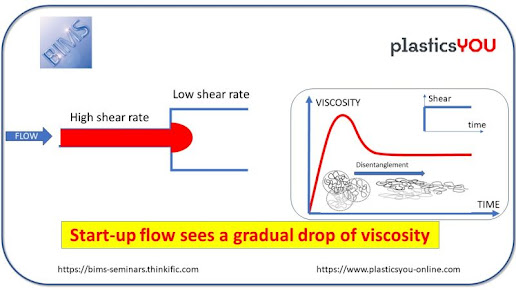Applied CleanTech's Sewage Recycling System Transforms Human Waste into Consumer Plastics
Applied CleanTech transforms human fecal matter into a variety of end products. Applied CleanTech's Sewage Recycling System turns the solids in sewage streams into a fertile source of energy and other consumer end products such as paper, envelopes and plastics.
Because ACT extracts — rather than digests — the bio-solids in raw sewage, its process reduces total sludge formation by up to 50%. Other advantages of ACT's Sewage Recycling System include a 30% reduction in wastewater treatment plant costs(and such costs, in turn, represent 30% of sewage processors' operating costs) and a 15% increase in plant capacity.
ACT's automatic recycling process also enables a reduction of accompanying odor problems during the treatment process, improves general plant maintenance and results in cleaner water. The company monetizes the 30% reduction in energy costs borne by the sewage operator by selling carbon credits.
The immediate product that comes out of ACT's recycling efforts is Recyllose™, which is a feedstock that has high cellulose content and low moisture. Recyllose is low in lignin, a tough substance that binds the cell walls in plants and is a hurdle in the race to create an efficient cellulosic ethanol because it's so difficult to degrade. These properties make it economical for sewage facilities that serve populations as small as 10,000 people to produce Recyllose.
ACT's sewage recycling system is already in commercial use as it serves some 100,000 people with facilities in Israel and the United States. Just since the beginning of 2012, ACT has received contracts worth roughly $3.5 million. This is just scratching the surface as we calculate the addressable market to be at least $10 billion annually.
Competitors will have to tread carefully in emulating ACT's recycling process. Management has protected the intellectual property that arose throughout nine years of research by filing some 35 patents which are categorized in seven patent families.
Source:Applied Clean Tech


Comments
Post a Comment